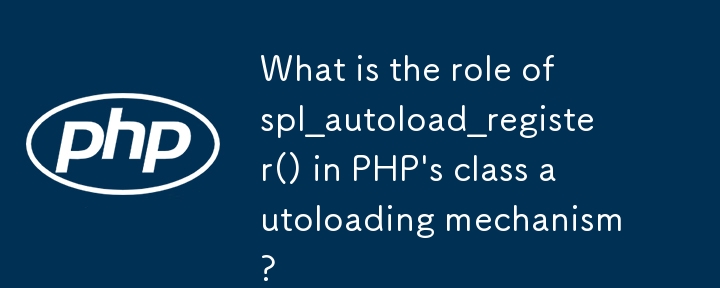
Course Introduction:spl_autoload_register() is a core function used in PHP to implement automatic class loading. It allows developers to define one or more callback functions. When a program tries to use undefined classes, PHP will automatically call these functions to load the corresponding class file. Its main function is to avoid manually introducing class files and improve code organization and maintainability. Use method is to define a function that receives the class name as a parameter, and register the function through spl_autoload_register(), such as functionmyAutoloader($class){require_once'classes/'.$class.'.php';}spl_
2025-06-09 comment 0 418
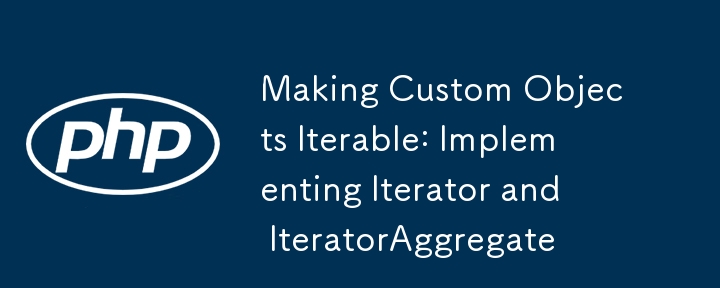
Course Introduction:To make PHP custom objects available in foreach, you need to implement the Iterator or IteratorAggregate interface. 1. Use the Iterator interface to implement five methods: current(), key(), next(), return() and valid(). It is suitable for scenarios where fine control of the iteration process is required, as shown in the TaskList class example; 2. Use the IteratorAggregate interface to implement the getIterator() method and return a Traversable object (such as ArrayIterator), which is suitable for scenarios where existing data is simply wrapped, such as TaskCollec
2025-08-05 comment 0 683

Course Introduction:In Python, to make an object iterable, you need to implement the __iter__ method and return an iterator with the __next__ method; the specific steps are as follows: 1. Define the __iter__ method in the class, and return itself or another iterator object that implements the __next__ method; 2. If you use the generator function to implement __iter__, you can automatically manage the state and iterative logic through the yield keyword; 3. Every time you call iter(), you should return a new iterator to ensure that multiple loops do not interfere with each other, and throw a StopIteration exception at the end of the iteration to prevent infinite loops.
2025-07-02 comment 0 752

Course Introduction:To implement a custom iterator, you need to define the __iter__ and __next__ methods in the class. ① The __iter__ method returns the iterator object itself, usually self, to be compatible with iterative environments such as for loops; ② The __next__ method controls the value of each iteration, returns the next element in the sequence, and when there are no more items, StopIteration exception should be thrown; ③ The status must be tracked correctly and the termination conditions must be set to avoid infinite loops; ④ Complex logic such as file line filtering, and pay attention to resource cleaning and memory management; ⑤ For simple logic, you can consider using the generator function yield instead, but you need to choose a suitable method based on the specific scenario.
2025-06-19 comment 0 850

Course Introduction:This tutorial is designed to guide how to efficiently manage cached files with specific naming rules in PHP and implement differentiated cleaning strategies based on file suffixes. For files whose file names end with a specific string, such as -100.json, a longer retention time can be set; while other files are cleaned at regular frequency. The article will focus on how to use PHP 8's str_ends_with() function, combined with file system iterator, to build a flexible and superior cache cleaning script, and at the same time provide a PHP 7 compatibility solution to ensure the precise execution of cache management policies.
2025-08-29 comment 0 973

Course Elementary 13929
Course Introduction:Scala Tutorial Scala is a multi-paradigm programming language, designed to integrate various features of object-oriented programming and functional programming.
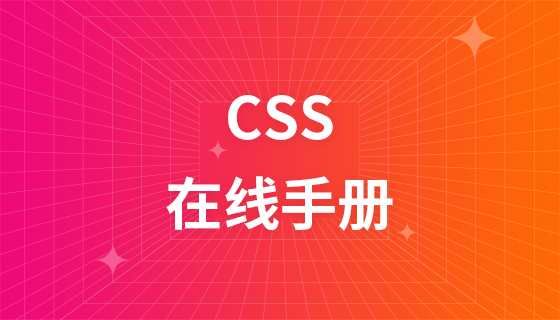
Course Elementary 82483
Course Introduction:"CSS Online Manual" is the official CSS online reference manual. This CSS online development manual contains various CSS properties, definitions, usage methods, example operations, etc. It is an indispensable online query manual for WEB programming learners and developers! CSS: Cascading Style Sheets (English full name: Cascading Style Sheets) is an application used to express HTML (Standard Universal Markup Language).
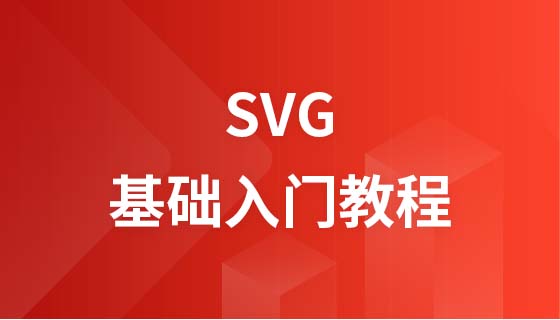
Course Elementary 13267
Course Introduction:SVG is a markup language for vector graphics in HTML5. It maintains powerful drawing capabilities and at the same time has a very high-end interface to operate graphics by directly operating Dom nodes. This "SVG Tutorial" is intended to allow students to master the SVG language and some of its corresponding APIs, combined with the knowledge of 2D drawing, so that students can render and control complex graphics on the page.
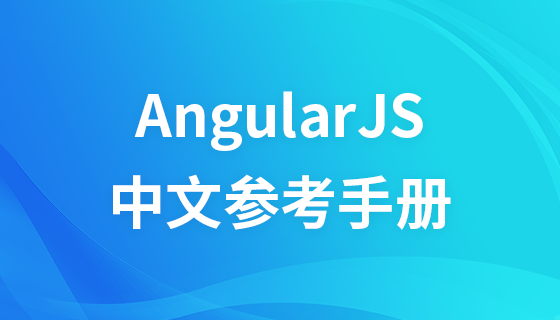
Course Elementary 24734
Course Introduction:In the "AngularJS Chinese Reference Manual", AngularJS extends HTML with new attributes and expressions. AngularJS can build a single page application (SPAs: Single Page Applications). AngularJS is very easy to learn.

Course Elementary 27566
Course Introduction:Go is a new language, a concurrent, garbage-collected, fast-compiled language. It can compile a large Go program in a few seconds on a single computer. Go provides a model for software construction that makes dependency analysis easier and avoids most C-style include files and library headers. Go is a statically typed language, and its type system has no hierarchy. Therefore users do not need to spend time defining relationships between types, which feels more lightweight than typical object-oriented languages. Go is a completely garbage-collected language and provides basic support for concurrent execution and communication. By its design, Go is intended to provide a method for constructing system software on multi-core machines.
2017-05-31 10:33:09 0 10 920
Laravel Modal does not return data
2024-03-29 10:31:31 0 1 668
Can I use the automatic generation module of thinkphp5 in Windows 7 system? How to configure and use
2017-10-10 17:04:14 0 2 1458
2017-10-10 19:25:59 0 4 3012
To use mcrypt_get_key_size() in php study, how to enable mcrypt_
2017-10-10 19:47:34 0 1 1234